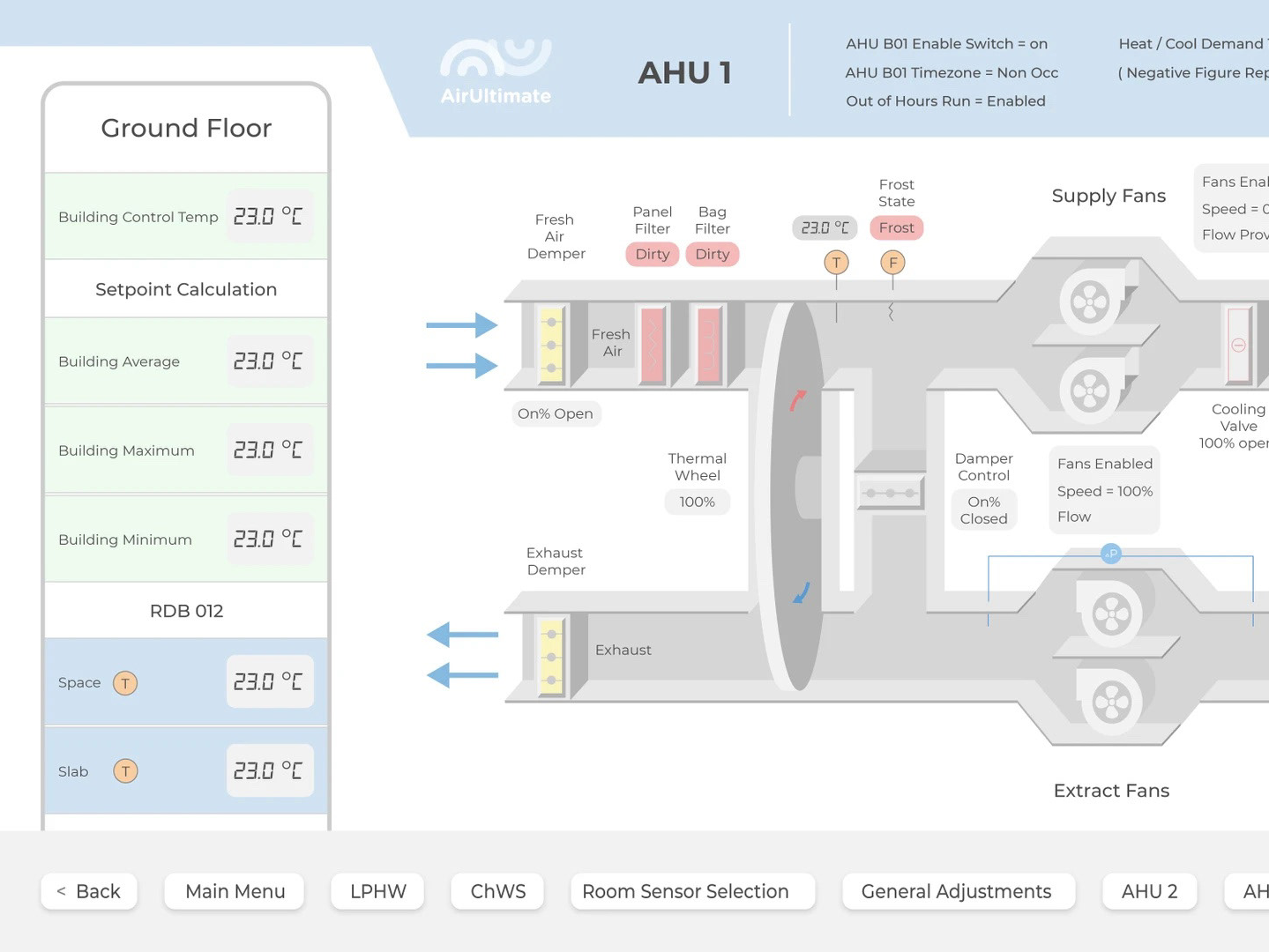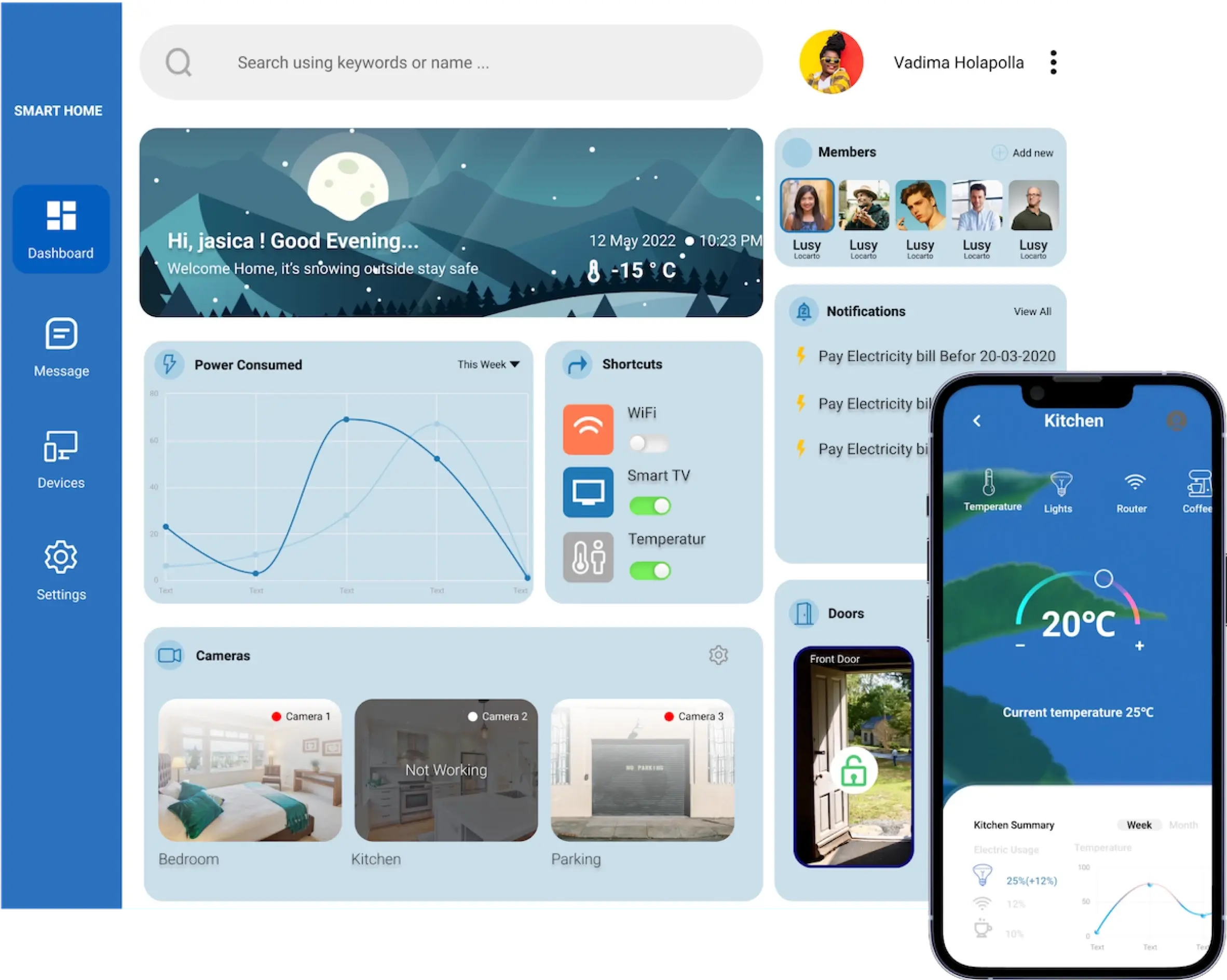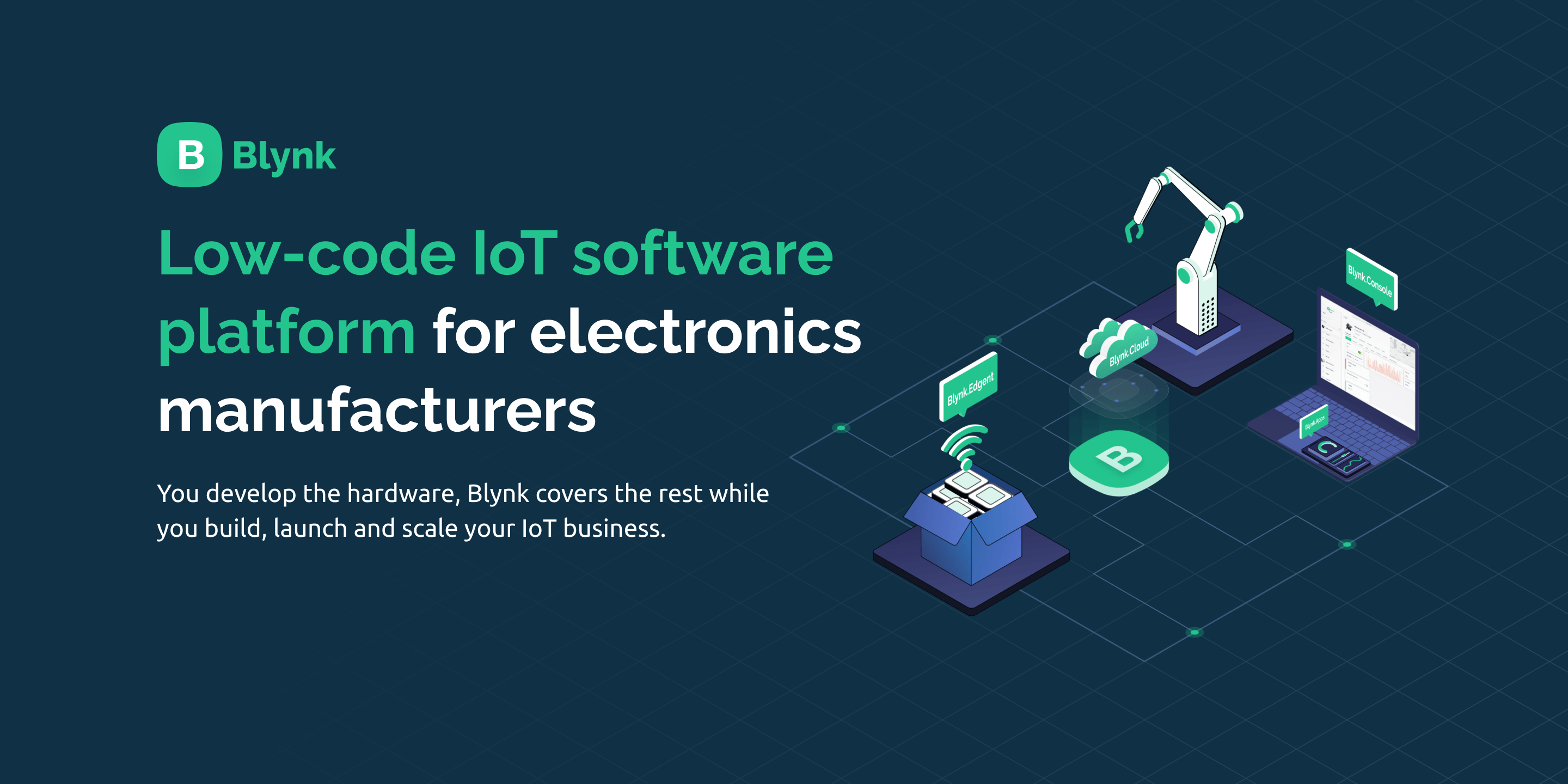IoT Device Management With SSH: Secure Access & Control
Can you truly oversee your entire Internet of Things (IoT) ecosystem, regardless of geographical constraints or network complexities? The answer is a resounding yes, and the key lies in mastering remote access and management techniques, primarily through Secure Shell (SSH) and its associated technologies.
In an era defined by ubiquitous connectivity, the ability to remotely access, control, and maintain IoT devices is no longer a luxuryit's an absolute necessity. Whether you're an engineer troubleshooting a malfunctioning sensor in a remote location, a facilities manager overseeing a smart building's systems, or a developer deploying software updates to a fleet of devices, the power to connect remotely streamlines operations and ensures operational continuity.
This article delves into the intricacies of remote IoT device management, with a particular focus on SSH, VNC (Virtual Network Computing), and other powerful tools that provide seamless access and control. We will explore different platforms available in the market and explore the advantages and disadvantages of the top choices, including Microsoft Azure IoT Hub and SocketXP, and others. The article will also highlight the importance of keeping your devices secure, using key authentication, and applying updates.
Before we dive in, let's clarify a few key concepts.
What is IoT Device Management? IoT device management encompasses the organization, configuration, and maintenance of IoT devices. It provides the ability to manage these devices remotely. In essence, it's about remotely managing these processes, paving the way for IoT remote management systems.
Why is Remote Management Important? IoT remote management is crucial to guarantee that all IoT devices operate without any issues. Any problems can be identified and solved efficiently and effectively.
Let's begin with an in-depth look at SSH as the cornerstone of remote IoT management.
SSH: The Gateway to Remote Access
At its core, SSH (Secure Shell) is a cryptographic network protocol that offers a secure channel for accessing a remote server or device. It's a robust and essential tool for the modern IT professional and a primary means for controlling IoT devices.
Using SSH, teams can connect to any IoT device in the network and efficiently perform tasks like updates, configurations, and troubleshooting. SSHs versatility makes it the perfect remote access solution. With SSH, you can:
- Seamlessly connect to devices behind NAT routers or firewalls.
- Enhance security using SSH key authentication with clients like PuTTY.
- Remotely SSH to your IoT devices behind firewalls or NAT routers
- Securely troubleshoot and resolve device issues from anywhere.
SSH Key Authentication: Fortifying Your Fortress
One of the most effective ways to ensure secure access to your IoT management platform is by using SSH keys. This method is significantly more secure than relying on password-based authentication, which is vulnerable to brute-force attacks and other security threats. SSH keys act as digital certificates, providing a secure method of verifying your identity to the remote device.
Heres how SSH key authentication works:
- Key Pair Generation: A unique pair of cryptographic keys is generated: a public key and a private key. The private key is kept secret, and the public key is shared.
- Public Key Installation: The public key is installed on the remote IoT device.
- Authentication: When you attempt to connect to the device using SSH, the device uses the installed public key to verify the user's identity, ensuring that only authorized users are allowed access.
When an SSH key is successfully authenticated, access to your IoT devices is only available for the authorized user, improving security and preventing unauthorized access.
SSH Advantages in IoT Device Management
- Security: SSH offers a secure, encrypted connection, protecting data transmitted between your device and the server from interception.
- Remote Command Execution: Allows users to execute commands on the remote IoT devices in real-time.
- Port Forwarding: SSH supports port forwarding, enabling secure access to local applications and services running on your IoT devices.
- Tunneling: SSH can create secure tunnels for different types of network traffic, allowing you to bypass firewalls and access restricted services.
VNC: Remote Desktop Access
VNC (Virtual Network Computing) offers full desktop access to your IoT devices remotely. It provides a graphical interface, enabling you to interact with your devices as if you were sitting right in front of them.
With VNC, users can perform tasks like:
- Monitor your device's screen.
- Troubleshoot visual errors and access the graphical user interface (GUI).
- Interact with the device as if you were physically present.
Beyond SSH and VNC: A Holistic Approach to Remote Management
While SSH and VNC are fundamental to remote access, a comprehensive IoT management strategy encompasses several other aspects:
- Remote Bash Commands: Execute bash commands directly on your IoT devices. This is useful for advanced control and automation.
- Remote Control: Gain remote control over any fleet device with a single click, regardless of the device's location.
- Cloud Alerts: Manage and monitor IoT devices, set cloud alerts, and run batch jobs on your IoT devices.
- Public Web URLs: Gain instant and secure access using public web URLs
Table: Best Practices for Securing IoT Devices
| Practice | Description | Importance |
|---|---|---|
| Strong Authentication | Use strong, unique passwords, or better yet, SSH key authentication. | Protects against unauthorized access and brute-force attacks. |
| Regular Updates | Keep the device's OS and SSH software updated. | Addresses security vulnerabilities and ensures system integrity. |
| Firewall Configuration | Configure firewalls to restrict unnecessary network traffic and create security zones. | Limits exposure to potential threats. |
| Network Segmentation | Segment your network to isolate IoT devices from other critical systems. | Contains the impact of a security breach. |
| Monitoring and Logging | Implement monitoring and logging to detect and respond to suspicious activity. | Enables early detection of security incidents. |
Key Considerations for Choosing an IoT Management Platform
Selecting the right platform for your IoT remote management needs depends on several factors:
- Device Compatibility: Does the platform support a wide range of devices?
- Security Features: Does it offer SSH key management, encryption, and access controls?
- Scalability: Can the platform handle the growth of your IoT ecosystem?
- Ease of Use: Is the platform user-friendly and intuitive?
- Cost: What is the pricing model, and does it align with your budget?
Platform Options: Microsoft Azure IoT Hub vs. SocketXP
Several platforms offer excellent capabilities for remote IoT device management, and each one offers different sets of features, pros, and cons. Here's a comparison of Microsoft Azure IoT Hub and SocketXP.
Microsoft Azure IoT Hub
Microsoft Azure IoT Hub is like the swiss army knife of IoT platforms. It offers a ton of features, including advanced SSH key management. If you're looking for a platform that can handle complex IoT setups, Azure IoT Hub is a great option.
SocketXP
SocketXP's IoT remote access solution is a great option for managing and controlling IoT devices. It focuses on ease of use and streamlined remote access.
Detailed Comparison Table of Azure IoT Hub and SocketXP
| Feature | Azure IoT Hub | SocketXP |
|---|---|---|
| Key Functionality | Comprehensive IoT platform with device management, data ingestion, analytics, and security features | Focuses on remote access, SSH, device management. |
| SSH Key Management | Offers robust SSH key management features, including immediate key cleanup for enhanced security. | Secure access, monitor and debug IT resources remotely. Software upgrades using the OTA update feature. |
| Ease of Use | Offers a comprehensive suite of features, this might be complex for small or simple projects. | Designed for ease of use with a focus on simplified remote access. |
| Scalability | Highly scalable, suitable for large and complex IoT deployments. | Highly scalable, suitable for large and complex IoT deployments. |
| Additional Features | Supports a wide array of IoT protocols and standards. Includes advanced features like device twins and IoT Edge. | Provides remote access and device management. Allows you to install software and firmware updates. |
| Cost | Pricing varies based on usage, features, and scale. | Varies based on the number of devices managed and services used. |
Keeping Your IoT Devices Secure
Security is paramount in the world of IoT, and several practices are vital to implement to ensure the safety of your devices:
- Regularly update your device's operating system (OS) and SSH software. This includes installing security updates and patches for the OS and SSH software as they become available.
- Iot device management platforms enable users to track, monitor, and manage physical IoT devices. These tools often allow users to push software and firmware updates to devices remotely.
- Iot management platforms typically offer a number of security features to protect your iot devices during the software update process. An encrypted connection and secure token exchange.
Remote Command Execution
In conclusion, remote command execution is a must-have feature in any IoT management platform for automating repeated tasks. The use of this feature helps users manage any task.
Practical Application: Troubleshooting a Remote Raspberry Pi
Imagine you have a Raspberry Pi deployed in a remote location. It's critical for collecting environmental data, but suddenly, the data stops flowing. Using SSH and a VNC connection, you can quickly:
- Establish a Secure Connection: Use SSH to connect to the Raspberry Pi, bypassing firewalls and NAT routers.
- Diagnose the Problem: Examine system logs, check network connectivity, and assess resource usage using command-line tools.
- Fix the Issue: Restart services, adjust configurations, or install missing software.
- Verify the Solution: Confirm that the data is flowing again and that the system is operating as expected.
Iot Device Management is Evolving
IoT device management platforms are constantly evolving to meet the demands of an increasingly interconnected world. Key advancements include:
- Enhanced security features: Two-factor authentication, hardware-based security modules, and improved access controls.
- Simplified user interfaces: Drag-and-drop dashboards and automated workflows.
- Increased automation: Remote command execution, scripting, and automated firmware updates.
- AI-powered analytics: Predictive maintenance and anomaly detection.
Conclusion
Remote device management is a constantly growing field. By embracing tools like SSH and VNC and staying vigilant about security, you can unlock the full potential of your IoT ecosystem. The capability of remote command execution is a must-have feature in any IoT management platform for automating tasks performed on a remote device. Secure access, the ability to handle troubleshooting, and the capacity to implement updates are just the start of remote management that will play an ever-increasing role in the success of IoT deployments of all sizes.



Detail Author:
- Name : Helga Hahn
- Email : leuschke.hobart@mueller.net
- Birthdate : 1983-09-23
- Address : 57219 Senger Avenue Apt. 739 South Derek, NJ 18671
- Phone : 1-872-892-6108
- Company : Hoppe Group
- Job : Scientific Photographer
- Bio : Dolores aliquid recusandae modi ad aliquam. Explicabo rerum qui et aut. Facere et harum odit voluptatem. Sequi laudantium aliquam aut facilis inventore.